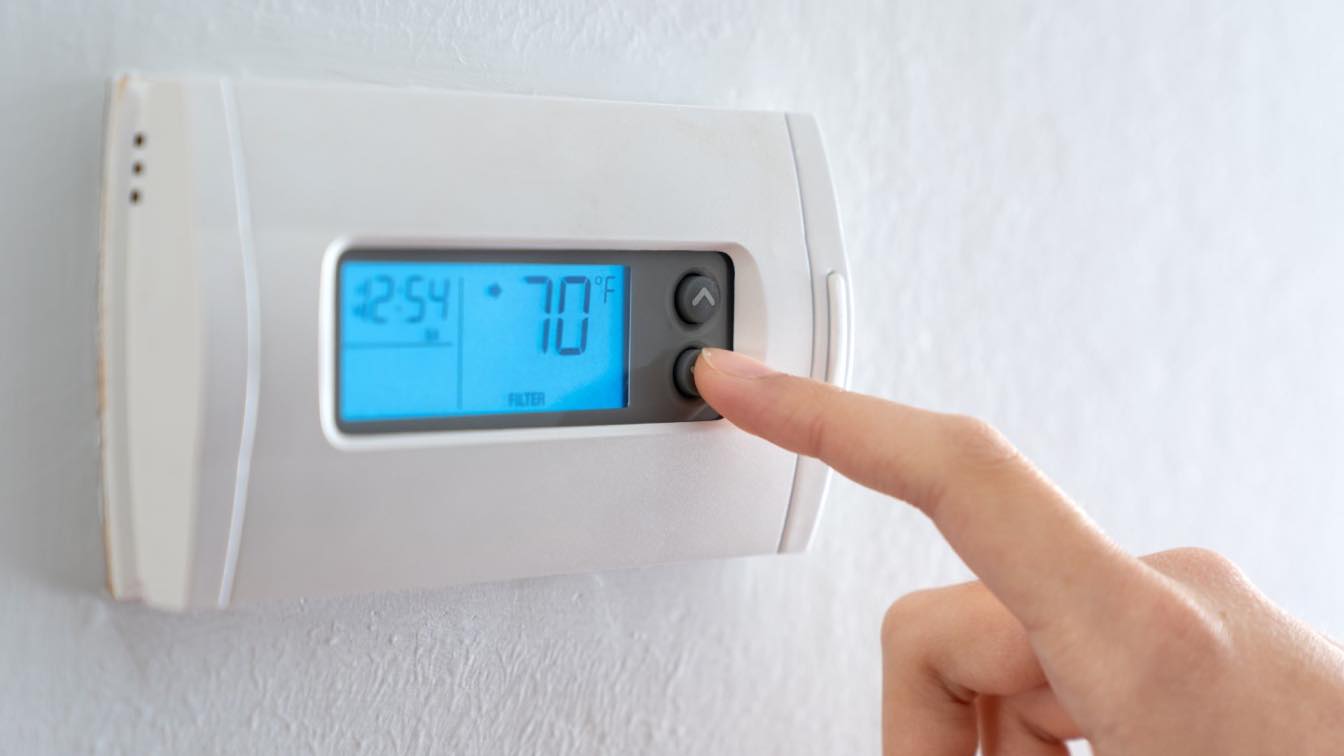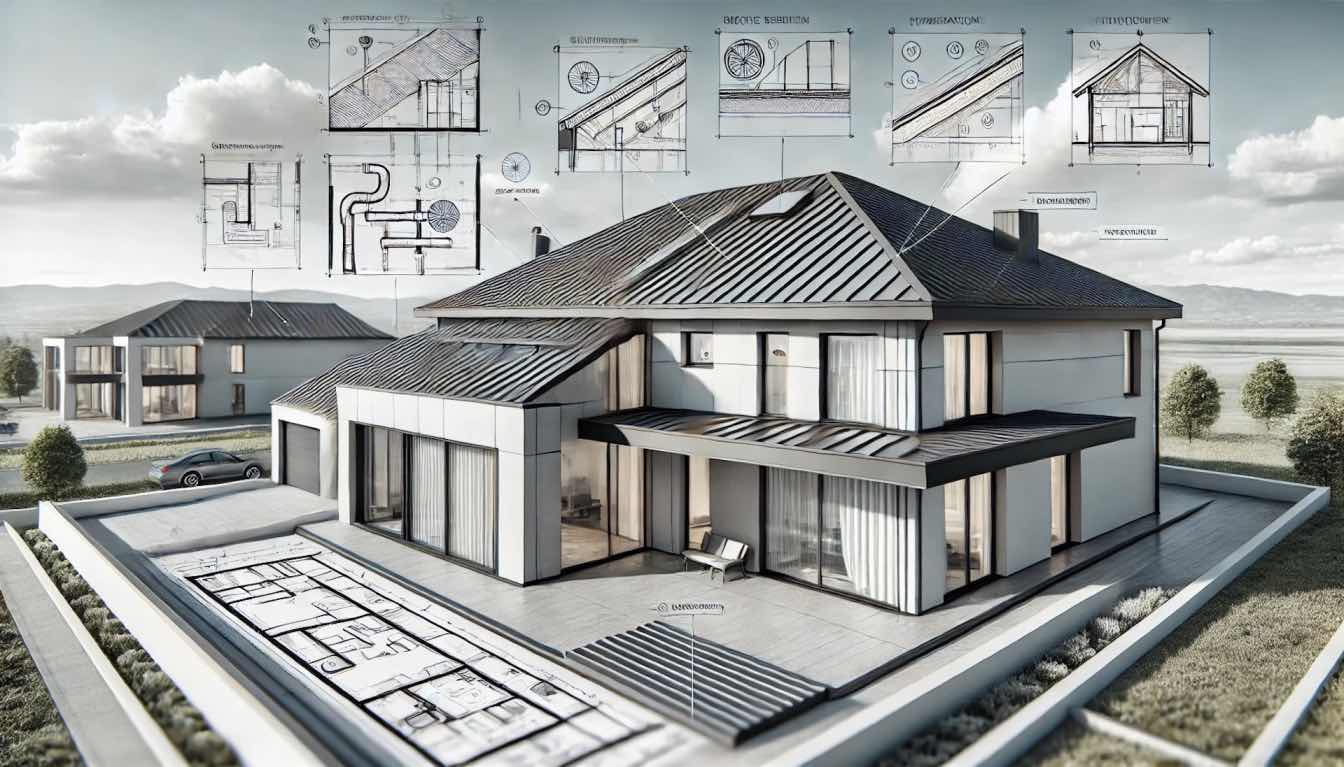Framing is a fundamental phase in the construction process that involves creating the skeletal structure of a building. In the construction industry, framing refers to the assembly of the building’s structural framework, which provides support and shape to the entire edifice. This framework is typically made from wood, steel, or engineered materials and serves as the backbone that holds up walls, floors, roofs, and ceilings. Proper framing ensures that a building can withstand various loads and stresses, including the weight of the building materials, occupants, furniture, and environmental forces like wind and seismic activity.
In commercial construction, framing is especially critical because these buildings often have larger spans, heavier loads, and more complex designs compared to residential structures. The framing process involves precise measurements, cutting, and joining of materials to create a stable and durable framework that meets building codes and safety standards. Effective framing not only contributes to the structural integrity of a commercial building but also impacts its energy efficiency, interior layout flexibility, and long-term durability.
In regions like Florida, where environmental factors such as hurricanes and high humidity are prevalent, the quality and type of framing used can significantly influence a building’s resilience and performance.
The Types of Commercial Framing
In commercial construction, choosing the right type of framing is essential to meet the building’s design requirements, structural demands, and local environmental conditions. Here are the most common types of commercial framing:
Steel Framing
Steel framing is widely used in commercial buildings due to its strength, durability, and flexibility. Steel studs and beams provide excellent load-bearing capacity and are resistant to pests, fire, and rot. Steel framing allows for longer spans without the need for intermediate supports, making it ideal for large open spaces like warehouses, retail stores, and office buildings. Additionally, steel is recyclable, which makes it an environmentally friendly option.
Wood Framing
Wood framing remains popular, especially for smaller commercial buildings or those with simpler designs. It is cost-effective, easy to work with, and provides good thermal insulation. However, wood is susceptible to moisture, termites, and fire, so it requires proper treatment and maintenance, particularly in humid climates like Florida. Engineered wood products, such as laminated veneer lumber (LVL) and cross-laminated timber (CLT), are increasingly used to improve strength and durability.
Concrete Framing
Concrete framing involves the use of reinforced concrete beams, columns, and slabs to create a robust structural framework. It offers excellent fire resistance, sound insulation, and durability, making it suitable for high-rise buildings, parking garages, and structures exposed to harsh environmental conditions. Concrete framing can be cast in place or prefabricated, depending on the project requirements.
Masonry Framing
Masonry framing utilizes brick, stone, or concrete block walls as structural elements. While often combined with steel or concrete framing for added support, masonry can also serve as load-bearing walls in some commercial buildings. Masonry offers excellent fire resistance and thermal mass but is generally heavier and less flexible in design compared to steel or wood framing.
Each framing type has its advantages and considerations, and the choice often depends on factors such as building size, design complexity, budget, and local building codes.
In Florida, where resistance to hurricanes and moisture is paramount, steel and concrete framing are frequently preferred for their strength and resilience.
Framing and Florida’s Hurricane Codes
Florida’s building codes include stringent hurricane-resistant requirements to protect structures from high winds, flying debris, and storm surge impacts common in the region. These codes are part of the Florida Building Code (FBC), which incorporates specific provisions for the High-Velocity Hurricane Zone (HVHZ) covering areas like Miami-Dade, Broward County, and the Florida Keys. The framing of commercial buildings must comply with these codes to ensure structural integrity and occupant safety during hurricanes.
What the Codes Require
The hurricane codes focus on enhancing the strength and connection of framing members to resist uplift and lateral forces caused by hurricane winds. This includes using materials and construction techniques that prevent framing failure, such as reinforced connections between walls, roofs, and foundations. The codes also specify requirements for impact-resistant windows, doors, and exterior coverings, but framing plays a crucial role as the building’s backbone.
Framing Types That Meet Florida’s Hurricane Codes
Concrete Block and Reinforced Concrete Framing: These are commonly required in South Florida commercial construction because of their proven ability to withstand hurricane-force winds and impacts. Concrete framing offers exceptional strength, durability, and resistance to moisture and fire, making it a preferred choice to meet the FBC’s hurricane provisions.
Steel Framing: Steel framing systems designed and installed according to the FBC can also meet hurricane resistance requirements. Steel’s high strength-to-weight ratio and flexibility allow it to absorb and redistribute wind forces effectively. Proper fastening and bracing are critical to ensuring steel framing performs well under hurricane conditions.
Wood Framing with Reinforcements: While wood framing is less common in high-risk hurricane zones, it can meet code requirements if engineered with hurricane straps, clips, and other reinforcements that secure the framing members. However, this approach requires careful design and construction to comply fully with the FBC.
Overall, Florida’s hurricane codes ensure that commercial building framing is robust enough to protect against extreme weather events, with concrete and steel framing being the most reliable options in high-risk areas. These codes are regularly updated to incorporate lessons learned from past hurricanes and advances in construction technology to continually improve building resilience.
Contact South Florida Construction Experts
Proper framing is essential to the safety, durability, and performance of commercial buildings in Florida, especially given the region’s unique challenges like hurricanes and humidity. Choosing the right framing system that complies with Florida’s stringent building codes ensures your commercial property can withstand severe weather while providing a solid foundation for long-term use. If you have specific questions or concerns about framing options or code compliance, it’s always best to consult with expert structural contractors in South Florida. Their experience and local knowledge can guide you in making informed decisions tailored to your project’s needs.





